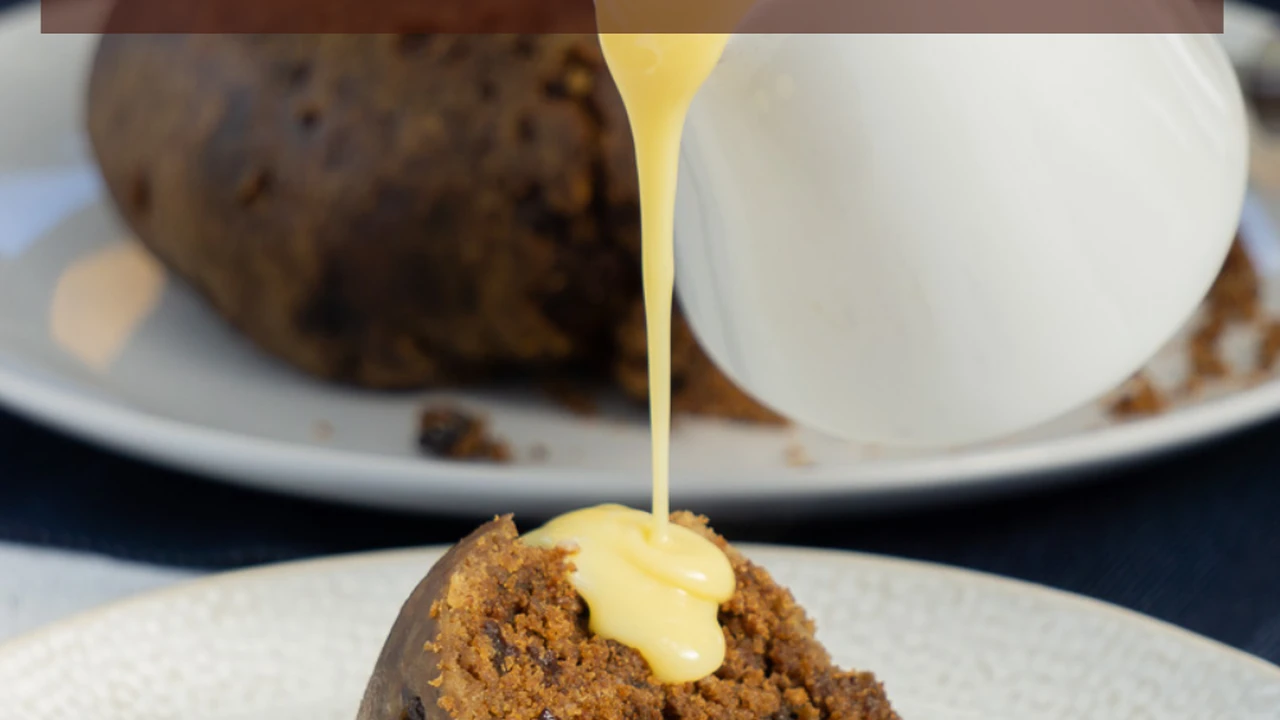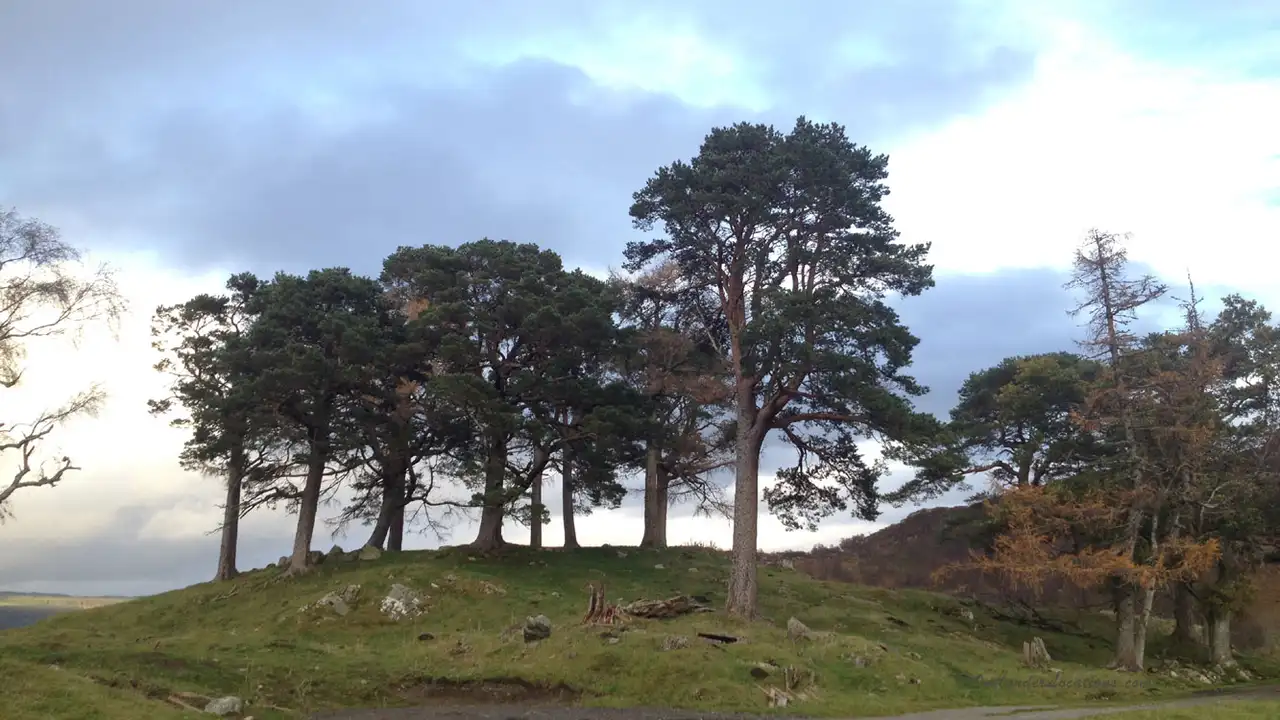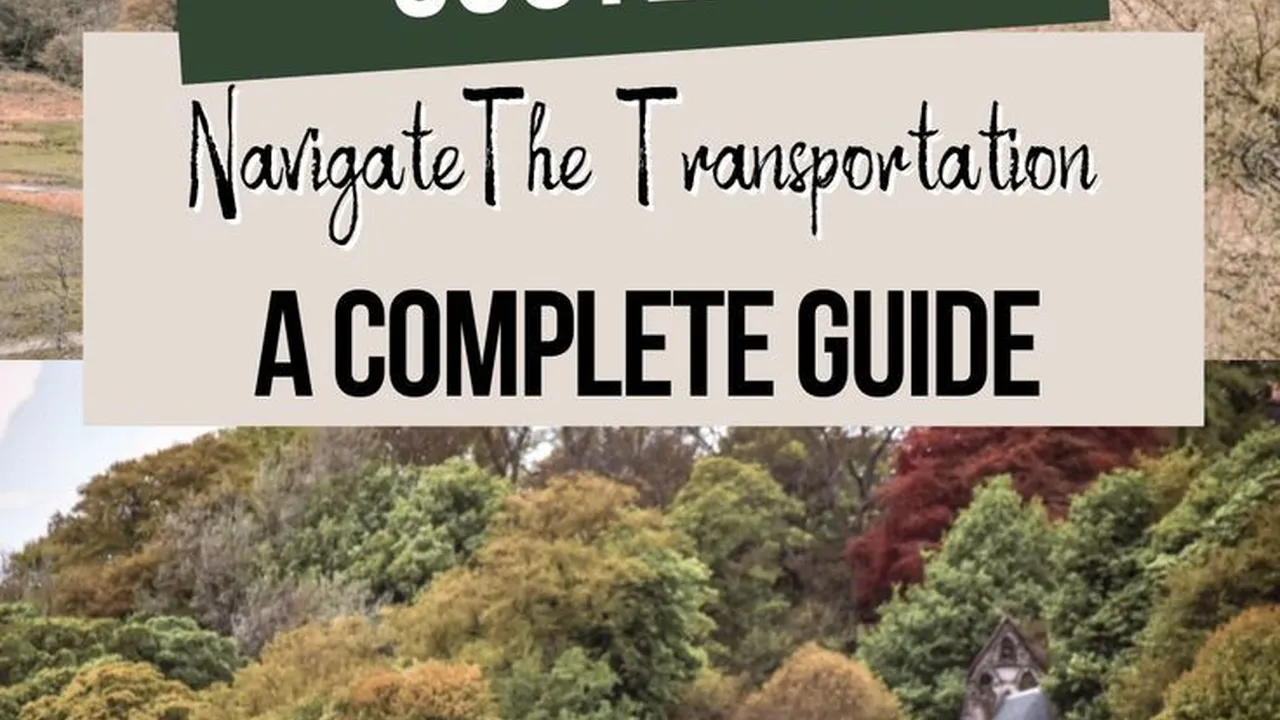Best Time to Visit Scotland: A Seasonal Guide for Americans
Sample meta description.

Planning Your Scottish Adventure: When to Go and What to Expect
So, you're dreaming of Scotland? Castles, kilts, breathtaking landscapes… it's all incredibly appealing, right? But figuring out the best time to visit Scotland can feel a little overwhelming. Especially if you're coming from the States, where weather patterns and cultural norms can be quite different. This guide is designed to help you navigate the Scottish seasons and pick the perfect time for your ideal trip. We'll break down each season, highlighting the pros and cons, and even throw in some gear recommendations to make your journey as smooth as possible.
Spring in Scotland: Wildflowers, Wildlife, and Warming Temperatures (Scotland Spring Travel Tips)
Spring (March-May) is a fantastic time to visit Scotland if you're looking for a balance between pleasant weather and fewer crowds. The days are getting longer, the wildflowers are blooming, and the wildlife is starting to emerge. Think lambs frolicking in fields, puffins returning to their nesting sites, and the Highlands slowly shaking off the winter chill.
Pros:
- Fewer tourists than summer
- Beautiful wildflowers and landscapes
- Increasingly pleasant weather (although still unpredictable!)
- Good deals on accommodation and flights
- Wildlife viewing opportunities
Cons:
- The weather can still be unpredictable (pack layers!)
- Some attractions may have limited opening hours
- Midges (tiny biting insects) start to appear towards the end of spring (more on that later!)
What to Pack: Layers are key! Think waterproof jacket, fleece or sweater, comfortable walking shoes, and a hat and gloves (even in spring!). Don't forget insect repellent, especially if you're planning on spending time outdoors.
Summer in Scotland: Long Days, Festivals, and Buzzing Cities (Scotland Summer Holidays)
Summer (June-August) is peak season in Scotland. The days are long (almost endless in the far north!), the weather is generally warmer (although still not guaranteed!), and there's a real buzz about the cities and towns. It's a great time to experience Scottish culture, with festivals galore and plenty of outdoor activities on offer.
Pros:
- Long daylight hours for exploring
- Warmer weather (relatively speaking!)
- Lots of festivals and events
- All attractions are open
- Great for outdoor activities like hiking and cycling
Cons:
- Crowds, crowds, crowds!
- Higher prices for accommodation and flights
- Midges are at their worst!
- Weather can still be unpredictable
What to Pack: Lightweight clothing, sunscreen, a hat, sunglasses, insect repellent (seriously!), a waterproof jacket, and comfortable walking shoes. Evenings can be cool, so pack a sweater or fleece.
Autumn in Scotland: Stunning Colors, Crisp Air, and Cozy Nights (Scotland Autumn Travel Deals)
Autumn (September-November) is arguably the most beautiful time to visit Scotland. The landscapes are ablaze with vibrant colors as the leaves change, the air is crisp and clean, and there's a cozy atmosphere in the pubs and restaurants. It's a great time for hiking, photography, and simply enjoying the stunning scenery.
Pros:
- Stunning autumn foliage
- Fewer crowds than summer
- Pleasant hiking weather
- Good deals on accommodation and flights (especially later in the season)
- Cozy atmosphere
Cons:
- The weather can be unpredictable (pack for all conditions!)
- Some attractions may have shorter opening hours
- Days are getting shorter
What to Pack: Layers are essential! Think waterproof jacket, fleece or sweater, warm socks, comfortable walking shoes, and a hat and gloves. Don't forget your camera to capture the stunning autumn colors!
Winter in Scotland: Snow-Capped Mountains, Festive Markets, and Cozy Pubs (Scotland Winter Getaway)
Winter (December-February) is a magical time to visit Scotland, especially if you're looking for a unique and festive experience. The landscapes are often covered in snow, creating a dramatic and beautiful backdrop. There are Christmas markets, cozy pubs with roaring fires, and the chance to see the Northern Lights (if you're lucky!).
Pros:
- Fewer tourists
- Lower prices for accommodation and flights
- Christmas markets and festive atmosphere
- Chance to see the Northern Lights
- Snow-capped mountains and dramatic landscapes
Cons:
- Short daylight hours
- Cold weather (pack warm clothes!)
- Some attractions may be closed
- Roads can be affected by snow and ice
What to Pack: Warm, waterproof clothing is essential! Think waterproof jacket, warm coat, fleece or sweater, thermal underwear, warm socks, hat, gloves, and scarf. Sturdy, waterproof boots are also a must.
Essential Gear for Your Scottish Adventure: Product Recommendations and Comparisons (Scotland Travel Essentials)
No matter when you decide to visit Scotland, having the right gear can make all the difference. Here are a few recommendations, with product comparisons and price points:
Waterproof Jacket: Staying Dry in the Scottish Weather (Best Waterproof Jackets for Scotland)
A waterproof jacket is absolutely essential for any trip to Scotland. The weather can change quickly, so you need to be prepared for rain, even in summer. Here are a few options:
- Budget Option: Columbia Watertight II Jacket. A reliable and affordable waterproof jacket. Good for everyday use and light hiking. Price: Around $60.
- Mid-Range Option: Marmot PreCip Eco Jacket. A more breathable and durable waterproof jacket, made from recycled materials. Great for hiking and outdoor activities. Price: Around $150.
- High-End Option: Arc'teryx Beta AR Jacket. A top-of-the-line waterproof jacket, known for its exceptional breathability and durability. Ideal for serious hikers and outdoor enthusiasts. Price: Around $600.
Comparison: The Columbia Watertight II is a great budget option, but it's not as breathable as the Marmot PreCip Eco or the Arc'teryx Beta AR. The Marmot PreCip Eco offers a good balance of price and performance, while the Arc'teryx Beta AR is the ultimate in waterproof and breathable protection.
Walking Boots: Exploring the Scottish Highlands (Best Hiking Boots for Scotland)
If you're planning on doing any hiking in Scotland, a good pair of walking boots is essential. Look for boots that are waterproof, comfortable, and provide good ankle support.
- Budget Option: Columbia Newton Ridge Plus II Waterproof Hiking Boot. A comfortable and affordable hiking boot, suitable for light to moderate trails. Price: Around $80.
- Mid-Range Option: Salomon X Ultra 4 Mid GTX Hiking Boot. A popular and versatile hiking boot, known for its comfort and support. Great for a variety of terrains. Price: Around $160.
- High-End Option: Lowa Renegade GTX Mid Hiking Boot. A high-quality hiking boot, known for its durability and comfort. Ideal for serious hikers and challenging terrain. Price: Around $230.
Comparison: The Columbia Newton Ridge Plus II is a good budget option, but it's not as durable or supportive as the Salomon X Ultra 4 Mid GTX or the Lowa Renegade GTX Mid. The Salomon X Ultra 4 Mid GTX offers a good balance of price and performance, while the Lowa Renegade GTX Mid is the ultimate in comfort and durability.
Insect Repellent: Battling the Scottish Midges (Best Midge Repellent for Scotland)
If you're visiting Scotland between May and September, you'll need insect repellent to protect yourself from midges. These tiny biting insects can be a real nuisance, especially in the Highlands.
- Smidge That Midge Insect Repellent: A popular and effective insect repellent, specifically designed for use in Scotland. It's DEET-free and has a pleasant scent. Price: Around $10.
- Incognito Anti-Mosquito Spray: Another DEET-free insect repellent that is effective against midges and mosquitoes. It's made from natural ingredients and has a pleasant citrus scent. Price: Around $15.
- DEET-Based Repellents: DEET-based repellents are generally more effective than DEET-free repellents, but they can be harsh on the skin. If you're particularly sensitive to insect bites, you may want to consider using a DEET-based repellent. Price: Varies.
Comparison: Smidge That Midge and Incognito Anti-Mosquito Spray are both good DEET-free options. DEET-based repellents are more effective, but they can be harsh on the skin. Choose the repellent that is right for you based on your sensitivity and the level of midge activity.
Travel Adapter: Powering Your Devices in Scotland (Best Travel Adapters for Scotland)
Scotland uses Type G plugs, which are different from the plugs used in the United States. You'll need a travel adapter to power your devices.
- Universal Travel Adapter: A universal travel adapter can be used in a variety of countries, including Scotland. Look for an adapter that has surge protection and multiple USB ports. Price: Around $20.
- UK Travel Adapter: A UK travel adapter is specifically designed for use in the United Kingdom. It's a more compact and affordable option than a universal travel adapter. Price: Around $10.
Comparison: A universal travel adapter is a good option if you travel frequently to different countries. A UK travel adapter is a more affordable option if you only plan to travel to the United Kingdom.
Beyond the Seasons: Tips for Planning Your Trip (Scotland Travel Planning)
No matter when you choose to visit Scotland, here are a few extra tips to help you plan your trip:
- Book accommodation and flights in advance, especially if you're traveling during peak season.
- Consider renting a car to explore the Highlands and other remote areas.
- Learn a few basic Scottish phrases.
- Be prepared for all types of weather.
- Embrace the Scottish culture and hospitality.
- Most importantly, have fun!
:max_bytes(150000):strip_icc()/277019-baked-pork-chops-with-cream-of-mushroom-soup-DDMFS-beauty-4x3-BG-7505-5762b731cf30447d9cbbbbbf387beafa.jpg)






